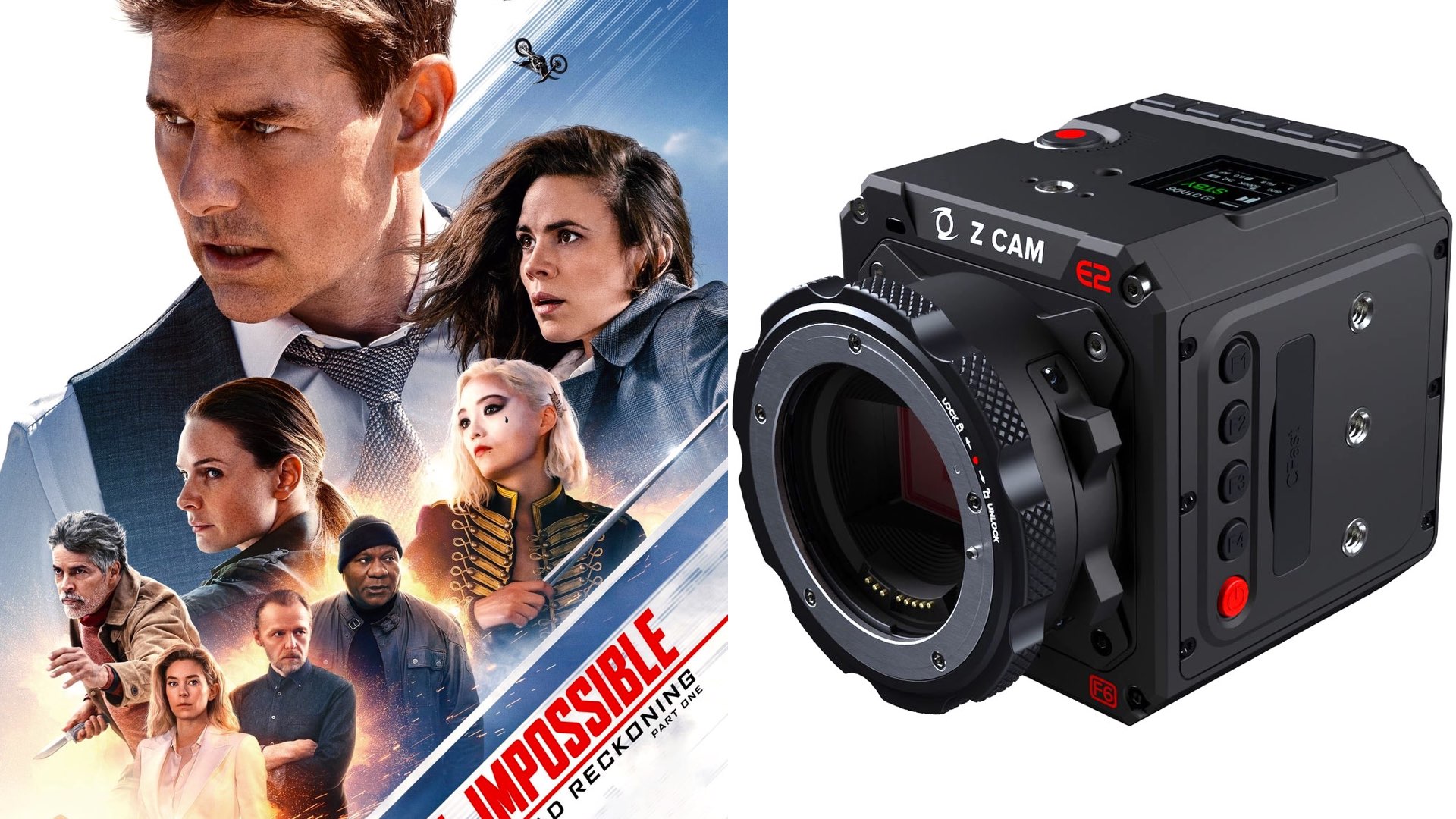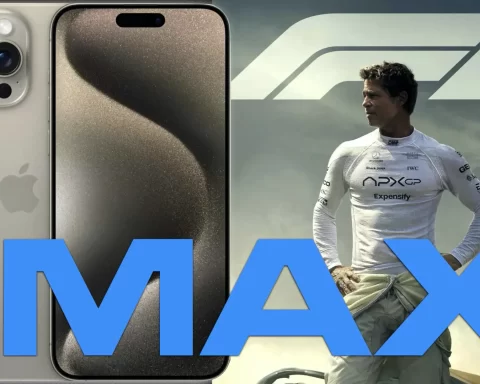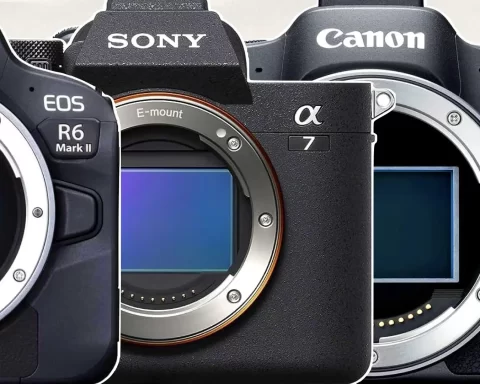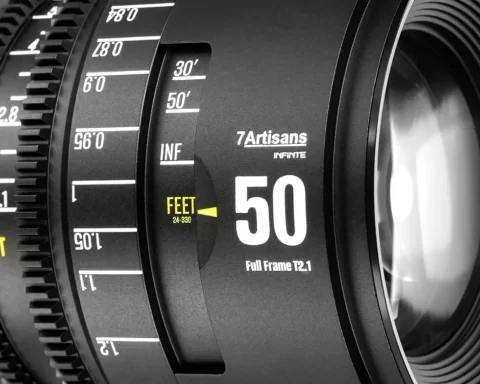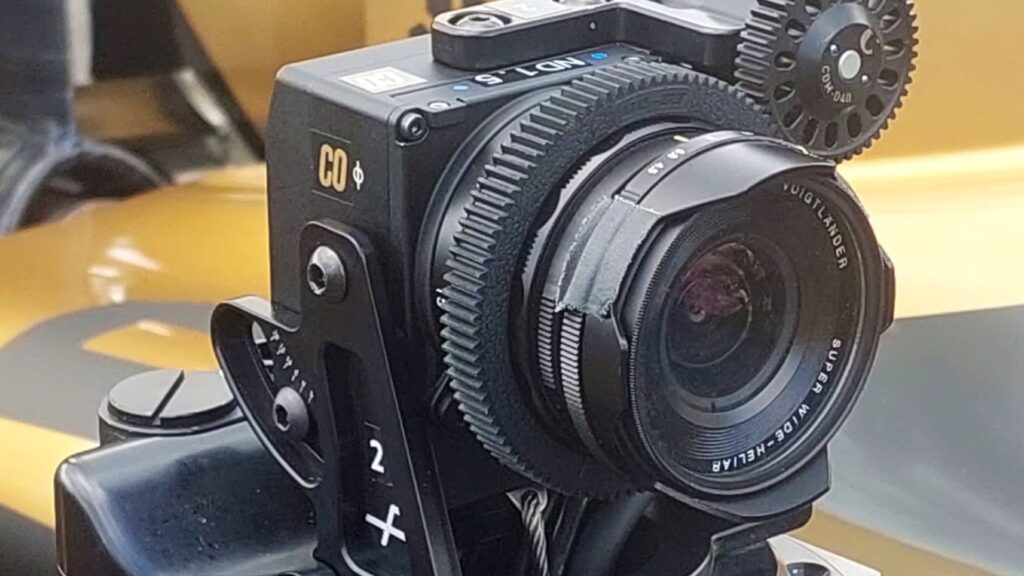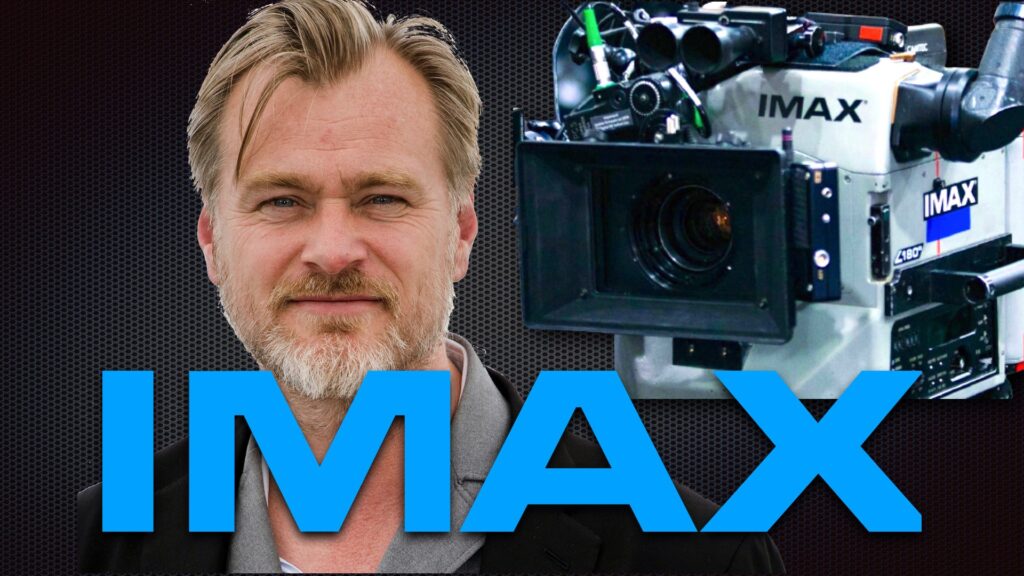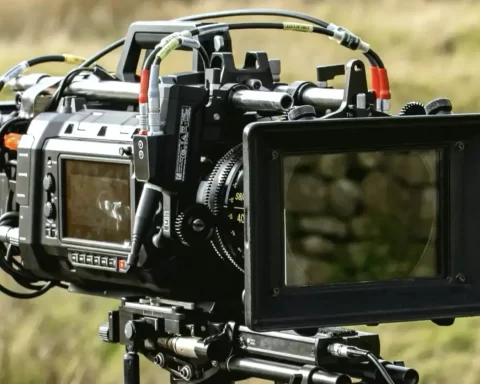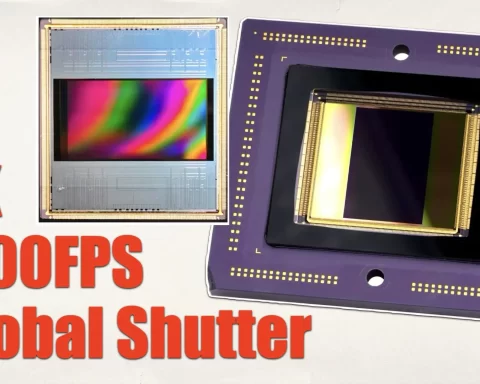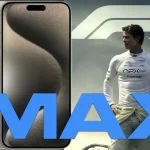There’s no doubt that MI7 (Mission: Impossible Dead Reckoning Part 1 (and 2)) contains many dangerous stunts, high-end action scenes, and complicated kinetic shots. The action camera that was responsible to capture all of these, is no other than a $3,000 full-frame cinema camera called Z CAM.
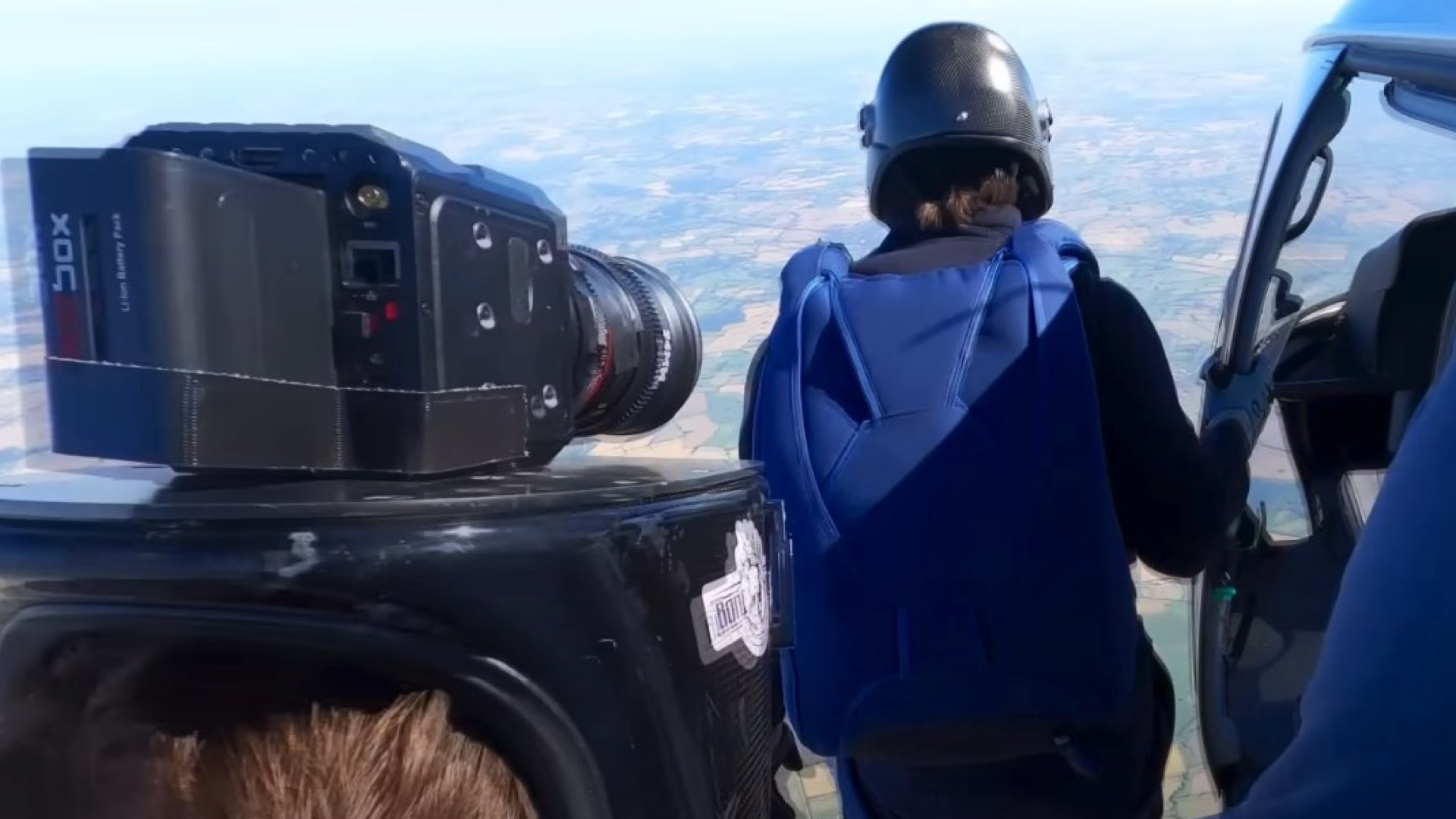
The need for a high-end action cam
Blockbusters like Mission: Impossible 7 choose the best cameras they can. Basically, there’s the main camera which is a very high-end cinema camera. And there’s the action camera which is employed in high numbers close to complex action sequences, crash-cam implementations, sensitive spaces, and dangerous spots. Till a few years ago, GoPro cameras were the only options for that. However, the technology of filmmaking is being evolved at a very fast pace, allowing even high-end cinema cameras to get more and more compact and with a friendlier form factor. For instance, RED Digital Cinema DSMC2 and DSMC3 cameras, ARRI ALEXA Mini (the Mini version of the ALEXA), the Rialto unit of the Sony VENICE, and more. Nevertheless, utilizing those expensive beasts on high-demanding stunts may be risky, as the camera has a solid chance to be damaged. For that reason, RED has developed the Komodo, which offers gradable footage and big-screen compatibility, that can be paired with more expensive cinema cameras. However, the RED Komodo has a Super 35 sensor. And for MI7, the team preferred a full-frame alternative, which is the Z CAM – an affordable compact cinema camera. The full-frame model costs only $3,000.
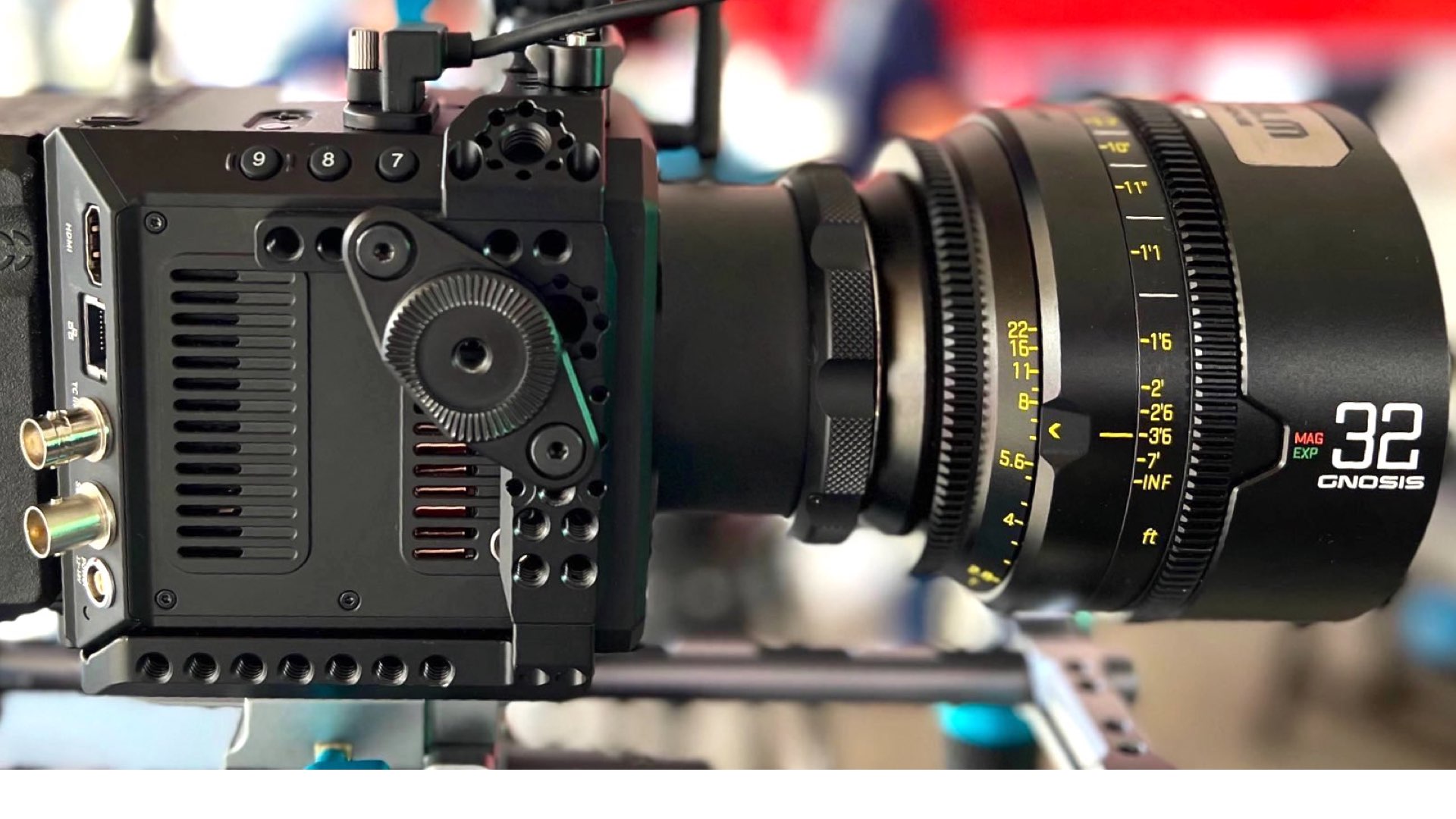
That constitutes a huge difference compared to other cameras used in previous Mission Impossible films (read: ARRIFLEX 235, Panaflex Millennium XL2, and Millennium DXL, were combined to make Mission Impossible Fallout). Nonetheless, on MI7 the team was able to locate the Z CAM into a specially made rig, due to their compactness.
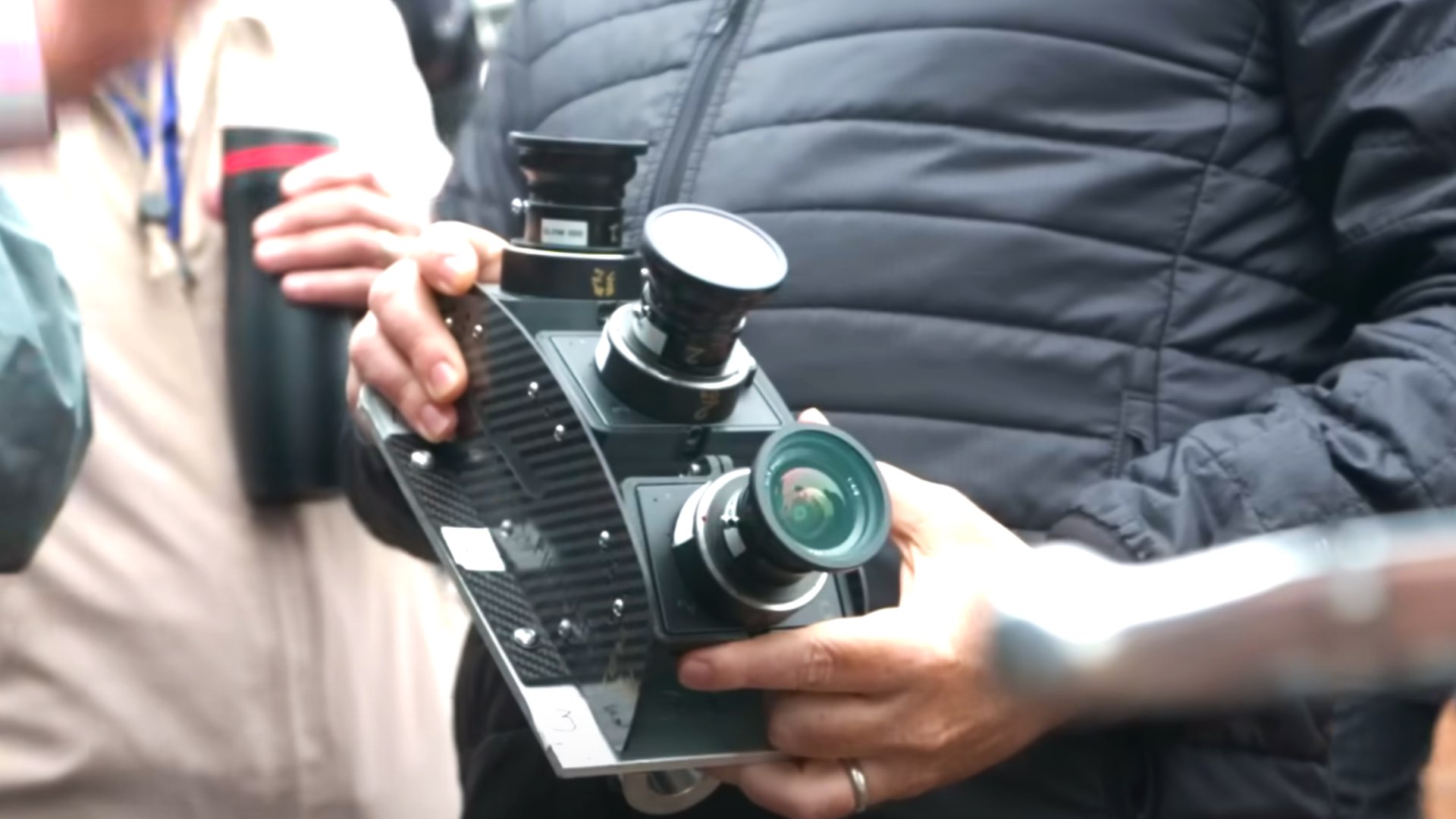
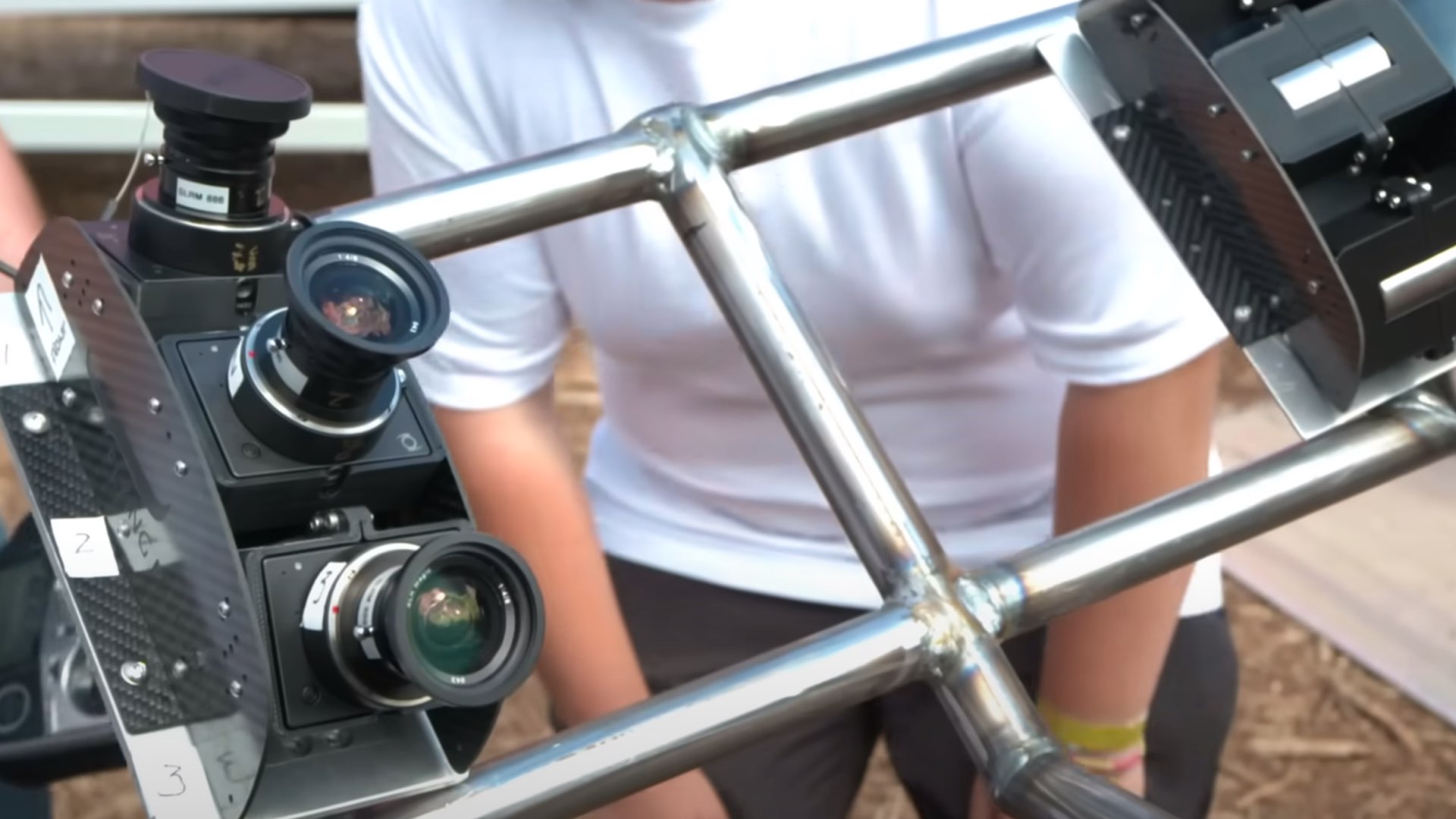
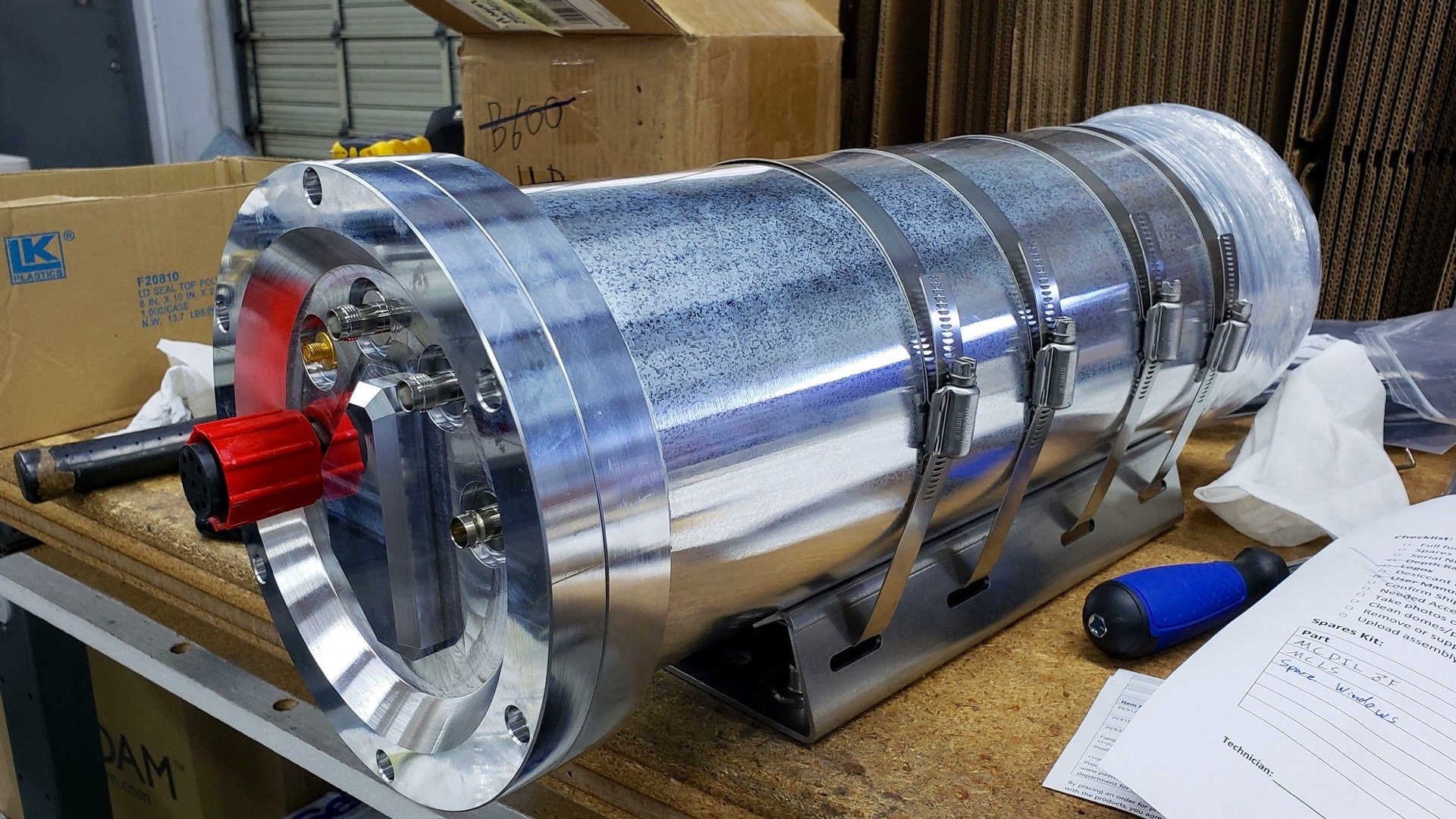
Cruise and McQuarrie chose Z CAM
The main model of Z CAM utilized on MI7 is Z CAM E2-F6. The E2-F6 was used on car pursuits, real train crashes, and the famous motocross skydiving stunts. These are very tricky stunts, which Tom Cruise rehearsed over 500 skydives, and over 13,000 motocross jumps, in order to accurately perform those. This is what Director Christopher McQuarrie said about the skydiving stunt: “Coming up with the stunt is only one of the technical challenges. The other is putting the camera in a place where you can see where Tom is doing it. Finding the right lens, the right platform, the right medium. Even two years ago, the cameras didn’t exist. That would allow us to do what we’re trying to do today. How do we involve the audience? I just want to give them the thrill. That means the camera has to be in front of Tom and as close to him as possible”. As for the train stunt, make sure to read our article about the six Z CAM cameras utilized to shoot a real train crash. It appears that there were at least 4 custom aluminum crash housings made by The Sexton Corporation in collaboration with Dark Chamber Media. Jeremy Childress – CEO at The Sexton Corporation stated: “Developing a cinematic high-impact housing for the Mission Impossible – Dead Reckoning film with Dark Chamber Media was an absolute thrill, like this train free fall! We were happy that our housings allowed for the media to be retrieved after such an epic stunt!”. BTW, most of the time, the Z CAM was paired with Zeiss CP.3 glass. Here are some MI7 Z CAM frame grabs:
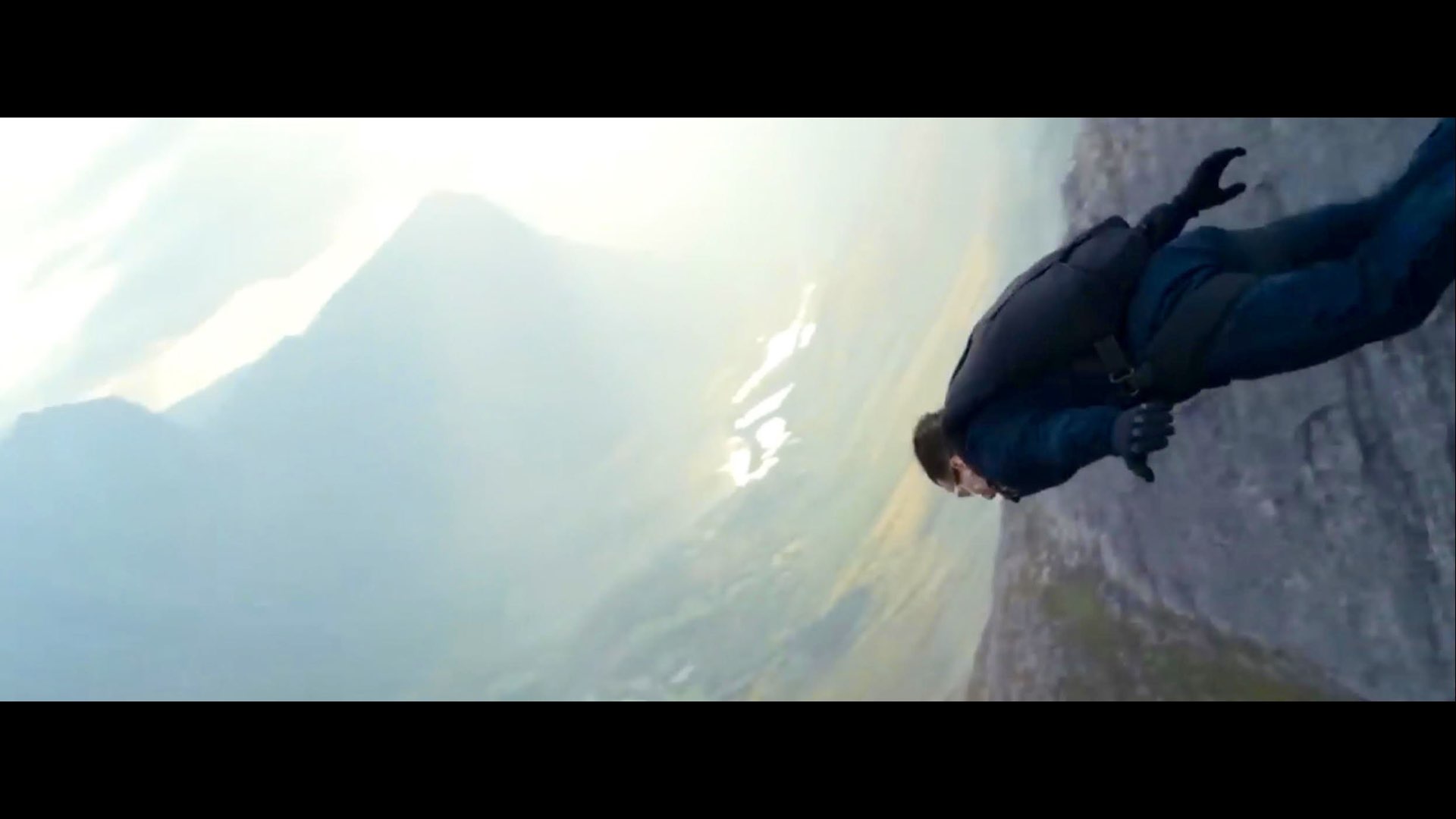
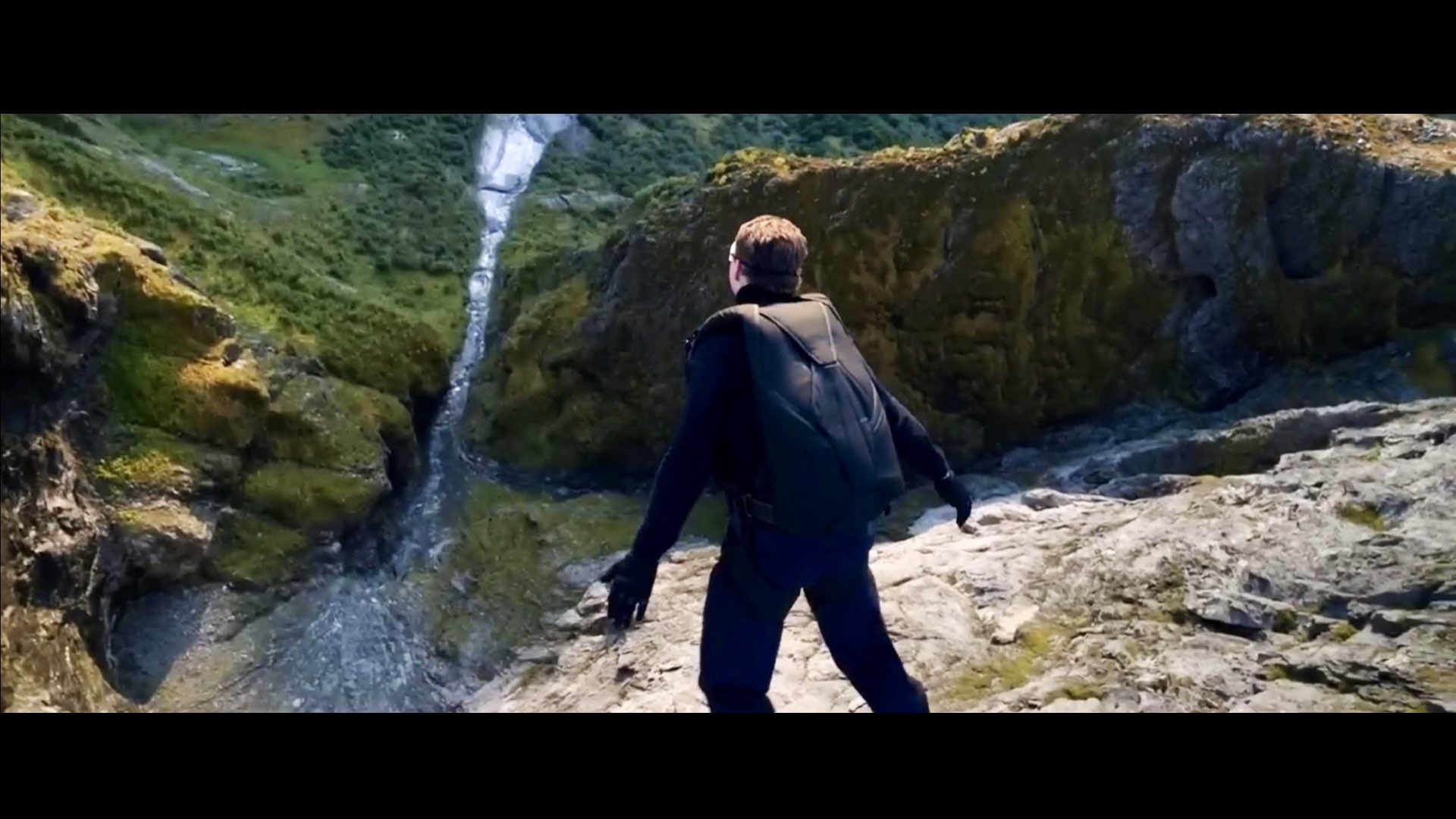
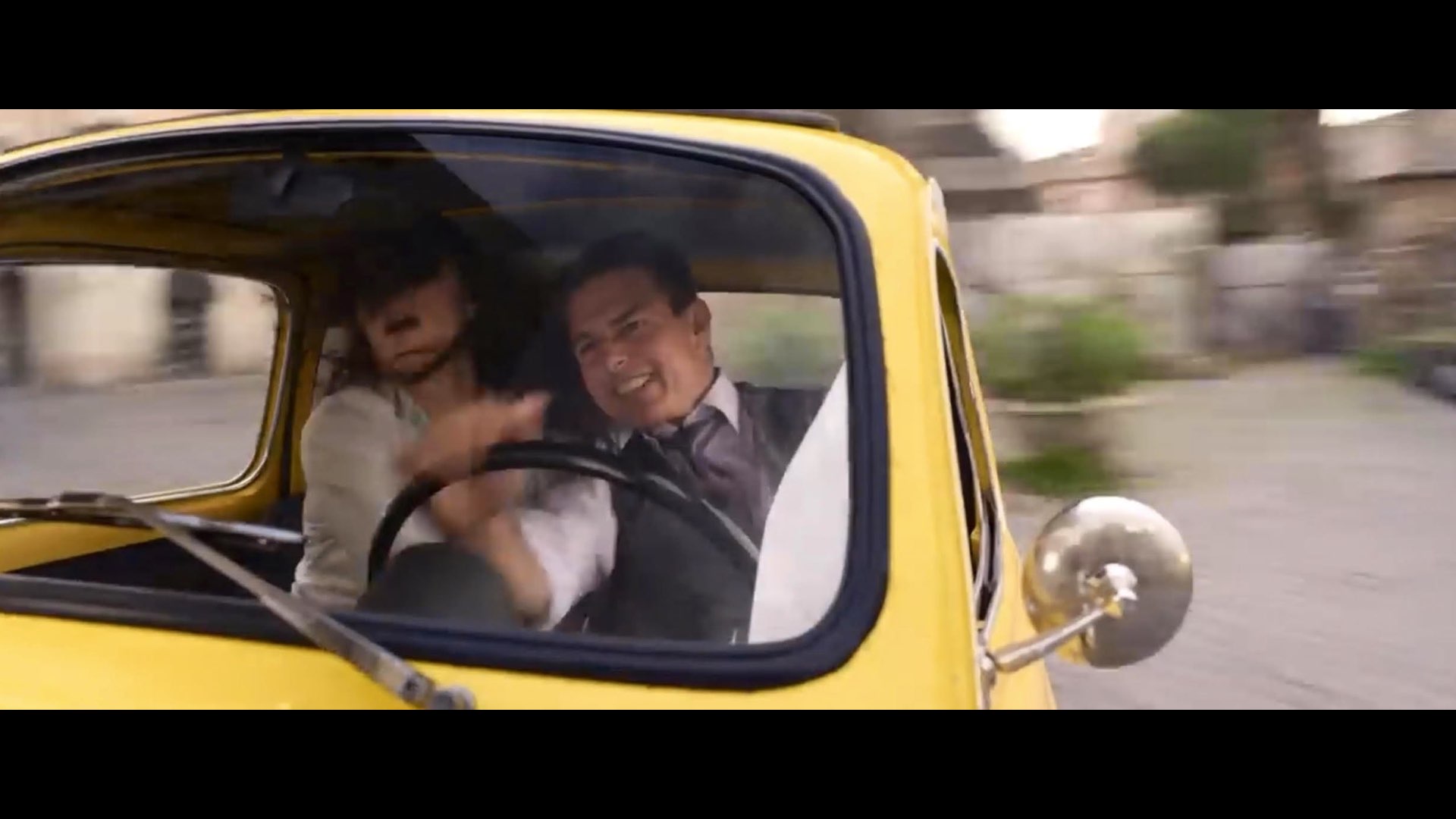
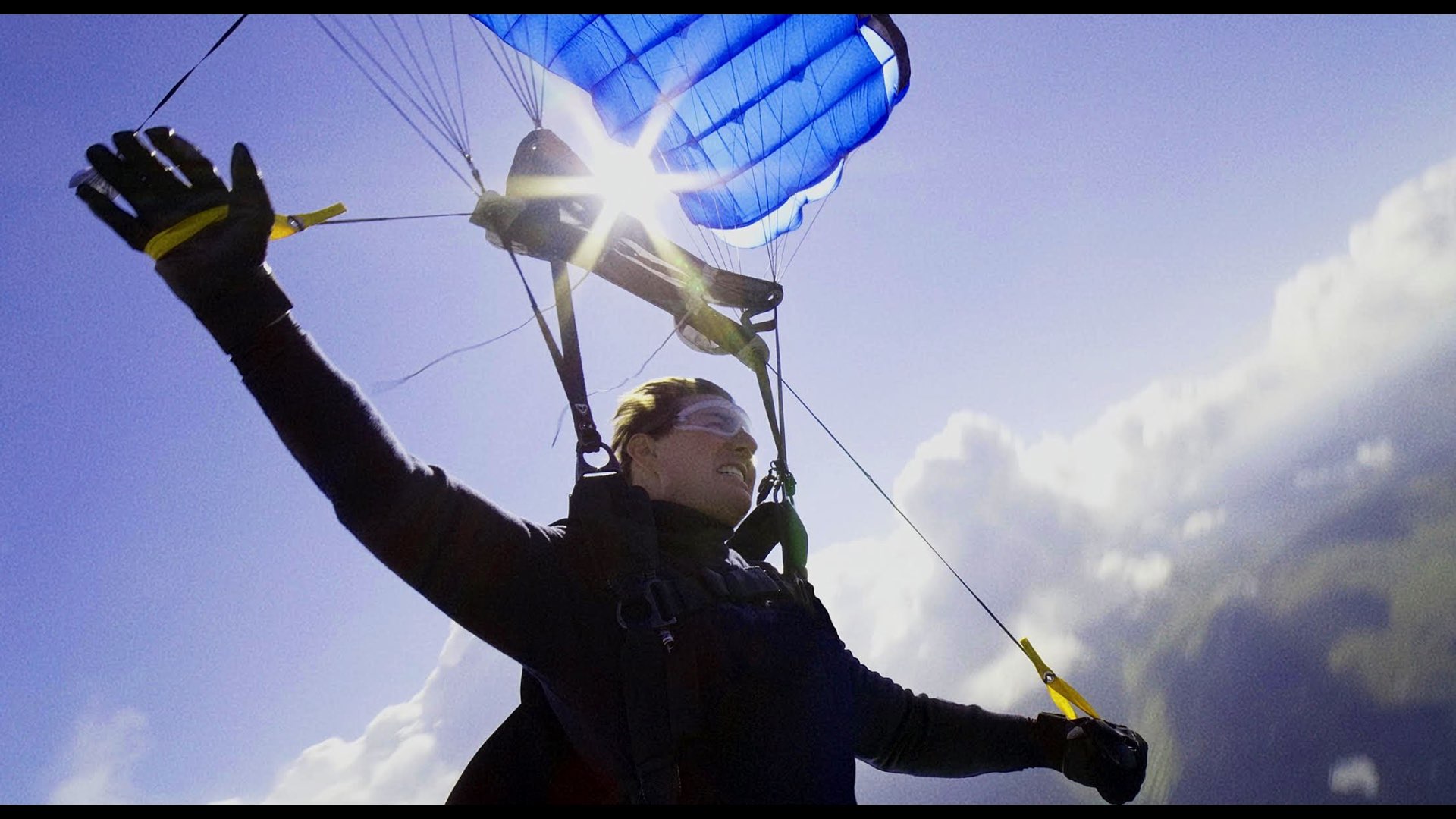
The Z CAM shots look great on IMAX
As explained, the Z CAM offers a solid structure armed with a full-frame sensor. They have not-so-bad imagery too. As Z CAM shooter said: Z CAM is simpler, tougher, weather sealed, no fan, faster to operate in every way, from boot up, to settings changes, to card formatting, not nearly as sensitive to temperature changes, has an incredibly sturdy native PL lens mount, is wildly more power-efficient, and the sensor matches well with the Sony VENICE used as main camera (Z CAM sensor is also a Sony). Furthermore, the “full-frame” sized sensor captures a cleaner signal in the shadows mostly due to the greater physical size of the photosites. In MI7 they used 15 of them, shooting 6k open-gate into ProRes 422HQ. It’s interesting that they didn’t shoot RAW, as the footage was delivered to the big screen and even to IMAX theaters. BTW, we saw MI7 on IMAX, and the Z CAM shots look great on the huge canvas. Have you watched MI7? Try to find these action Z CAM shots and let us know your thoughts about them.

